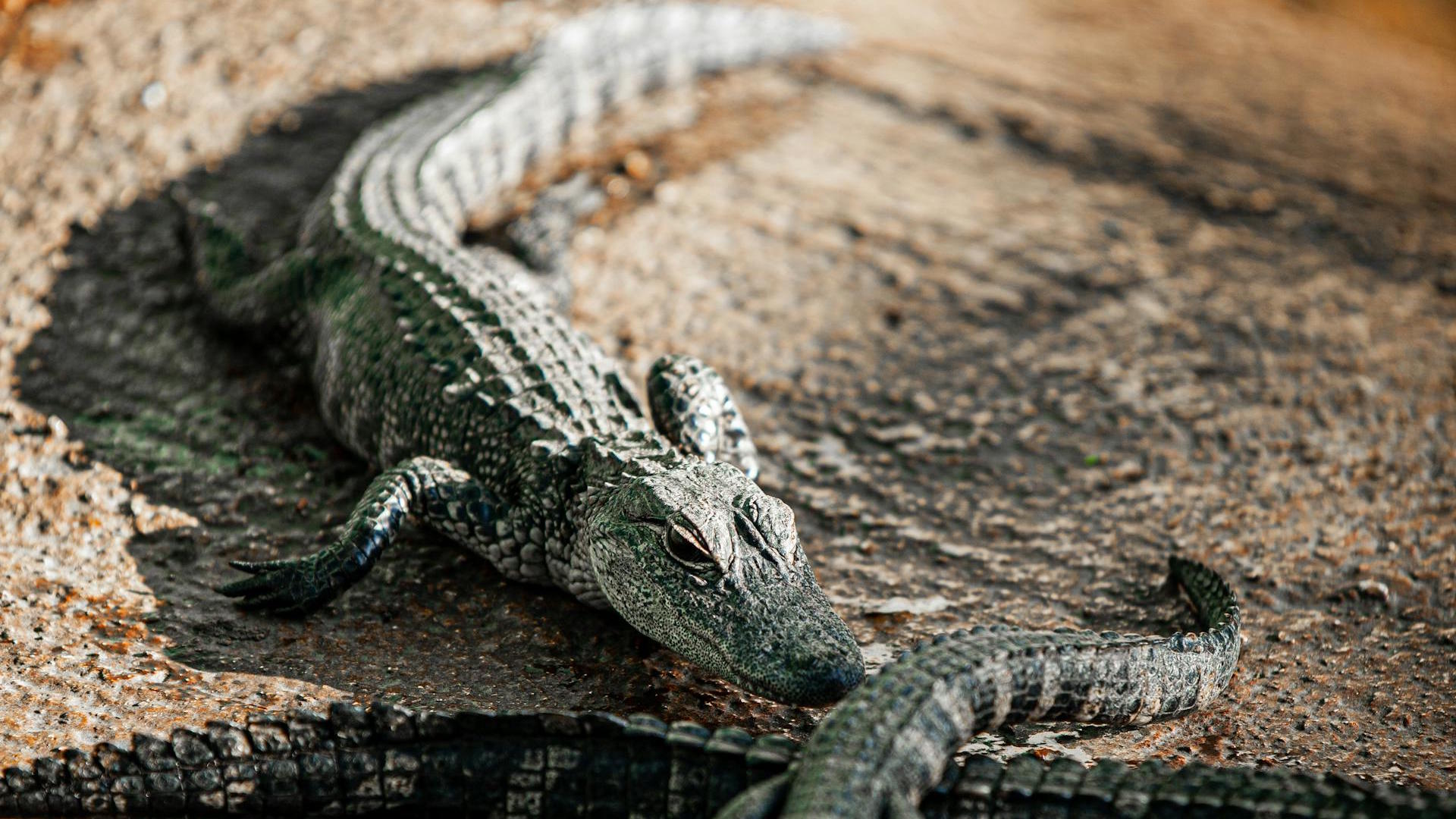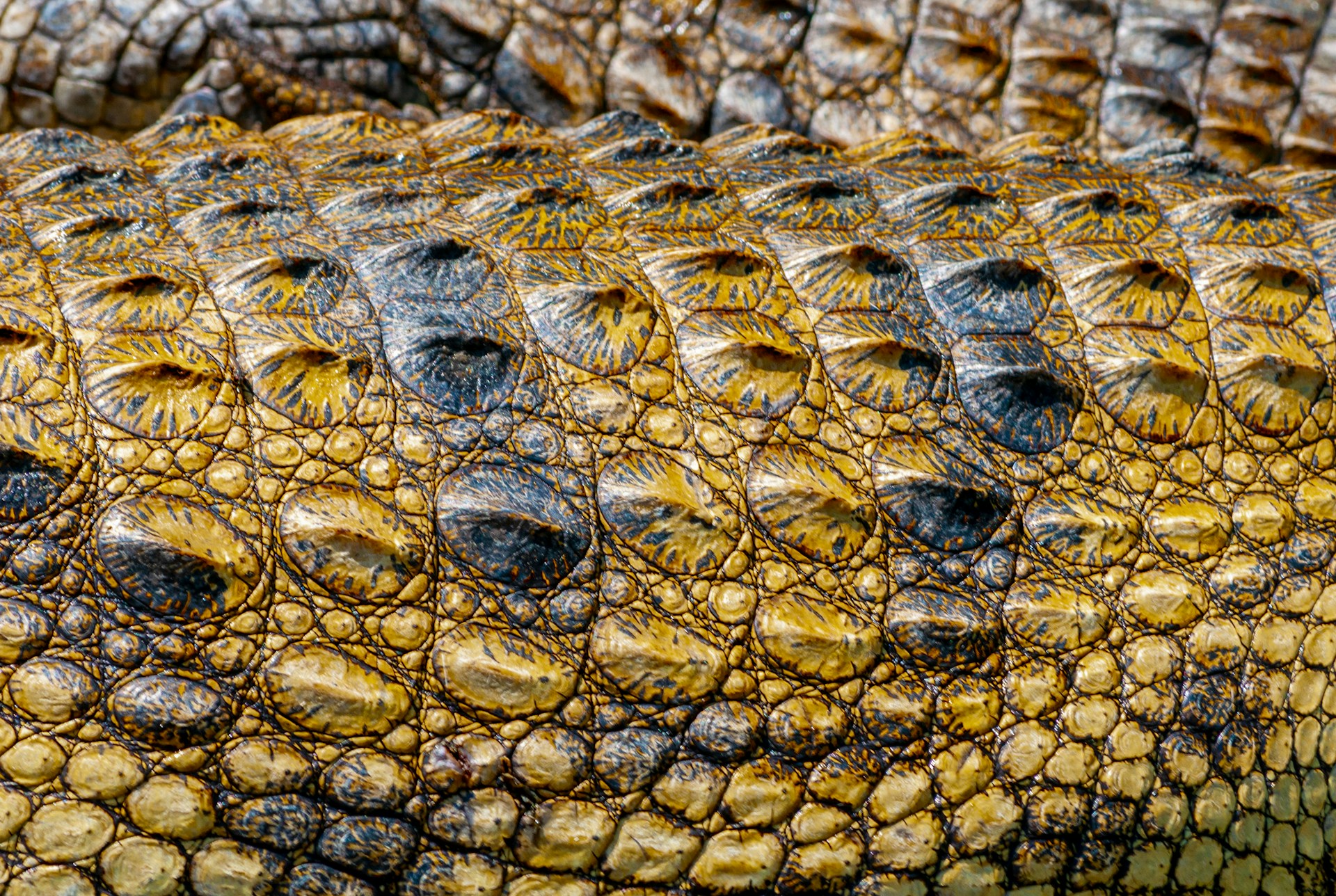Reptiles, among Earth’s most ancient vertebrates, face unprecedented challenges in the modern world. From tiny geckos to massive crocodilians, these remarkable creatures have survived for over 300 million years, weathering cosmic impacts and ice ages. Yet today, nearly one in five reptile species faces extinction according to the IUCN Red List. The threats confronting reptiles are diverse and often interconnected, ranging from habitat destruction to climate change. Unlike charismatic mammals and birds that often capture public attention and conservation funding, reptiles frequently struggle in obscurity despite their ecological importance. This article explores the major threats endangering reptile populations globally, highlighting both the challenges they face and why their conservation matters for maintaining healthy ecosystems and biodiversity.
Habitat Loss and Fragmentation
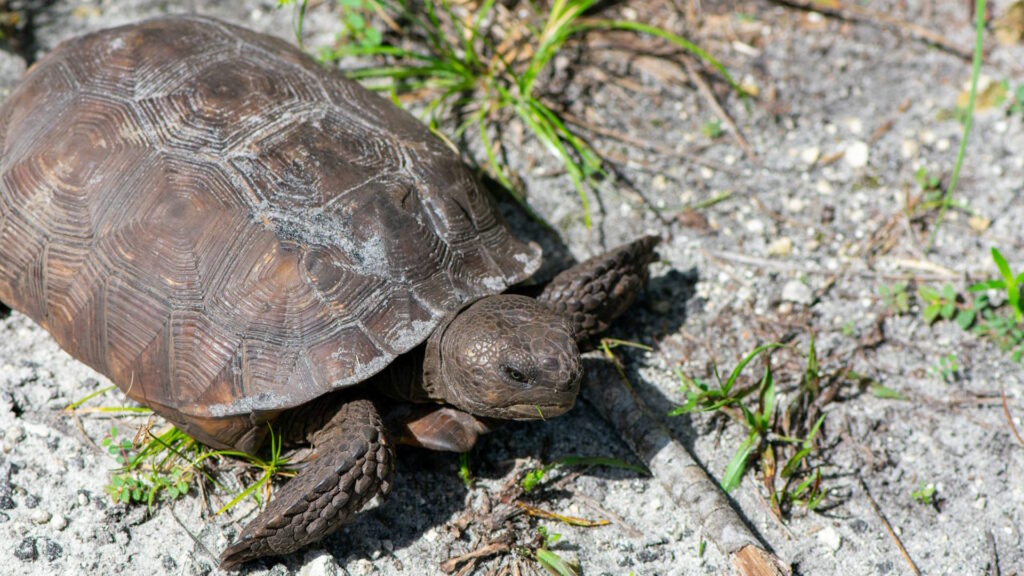
Habitat destruction represents the single greatest threat to reptile populations worldwide, with forests, wetlands, and grasslands being converted for agriculture, urban development, and infrastructure at alarming rates. When habitats are fragmented, reptile populations become isolated, limiting gene flow and making them vulnerable to local extinction events. Many reptile species have specific habitat requirements for thermoregulation, feeding, and reproduction that simply cannot be met in disturbed environments. For example, the Eastern indigo snake requires large tracts of intact longleaf pine forests and gopher tortoise burrows—both of which are disappearing throughout its range in the southeastern United States.
Climate Change Impacts
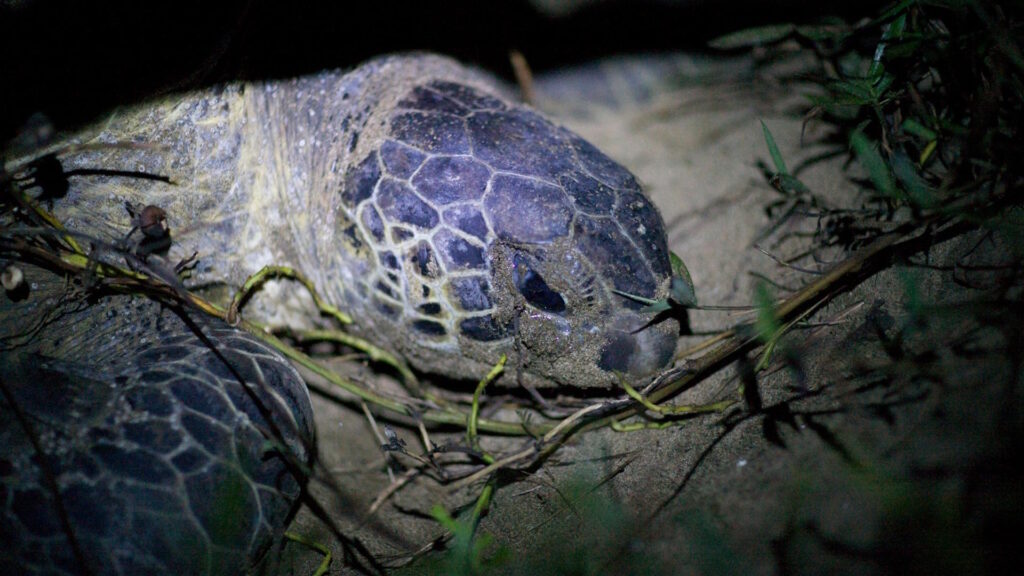
Climate change poses an existential threat to reptiles due to their ectothermic physiology and temperature-dependent sex determination in many species. Rising temperatures can skew sex ratios, potentially creating populations dominated by a single gender—as witnessed in some sea turtle colonies where warmer nests produce predominantly females. Altered precipitation patterns affect seasonal activities like hibernation and breeding, while extreme weather events can destroy nesting sites and kill individuals directly. Climate change also facilitates the spread of reptile diseases and parasites into previously unsuitable regions, creating new health threats for vulnerable populations. For long-lived species with slow reproduction rates, such as tortoises, the rapid pace of climate change outstrips their evolutionary capacity to adapt.
Invasive Species

Invasive species represent a significant threat to native reptile populations through predation, competition, hybridization, and disease transmission. The brown tree snake in Guam has famously caused the extinction of most native forest birds and several lizard species since its accidental introduction in the 1940s. In Florida, Burmese pythons released by pet owners have established breeding populations in the Everglades, decimating small mammal populations and competing with native predators like alligators. Invasive fire ants attack reptile eggs and hatchlings in many regions, while introduced plants can transform habitat structure and food availability. Once established, invasive species often prove extremely difficult and costly to control, creating permanent alterations to ecosystems that disadvantage native reptiles.
Wildlife Trafficking and Illegal Trade

The illegal wildlife trade extracts millions of reptiles annually from wild populations for the pet industry, traditional medicine, luxury goods, and food markets. Rare and endemic species are particularly vulnerable, with poachers targeting species like the ploughshare tortoise of Madagascar and various monitor lizards to the point of near extinction. Even when reptiles are legally harvested, quotas often exceed sustainable levels or are poorly enforced, leading to population declines. The trade inflicts tremendous suffering, with mortality rates exceeding 70% in some cases as reptiles are smuggled in cramped, stressful conditions without adequate food, water, or temperature control. Beyond direct removal, selective harvesting can disrupt population structures and genetic diversity, compounding threats to species survival.
Road Mortality
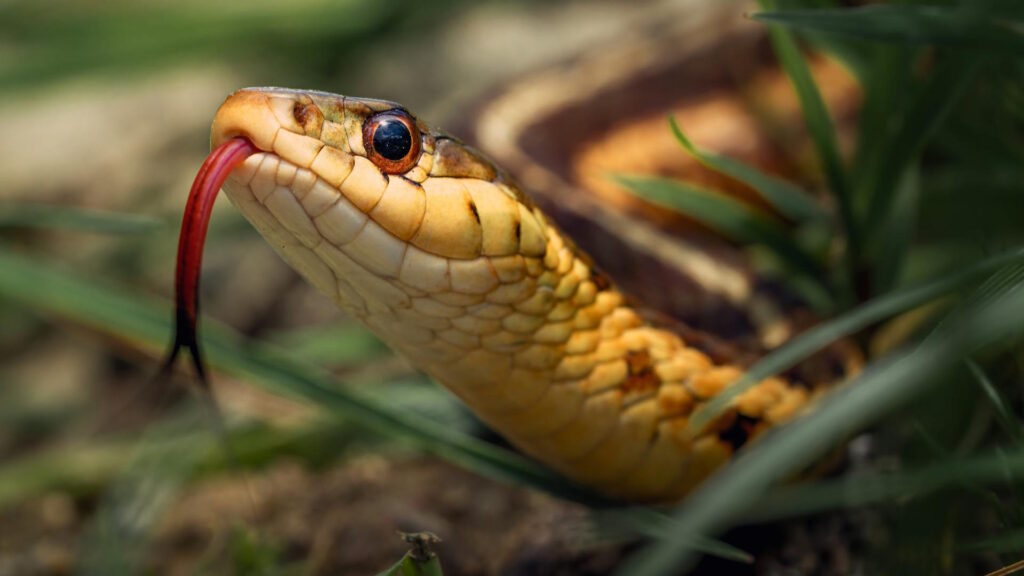
Roads and highways create lethal barriers for reptiles, fragmenting populations and causing direct mortality through vehicle collisions. Turtles and tortoises are particularly susceptible as they travel slowly and often cross roads during seasonal migrations or nesting journeys. Female turtles seeking nesting sites face especially high mortality risk, creating population imbalances when reproductive adults are disproportionately killed. Snakes are frequently targeted intentionally by drivers who deliberately swerve to hit them, adding human prejudice to the threat. Studies indicate that road mortality can significantly reduce reptile abundance within road-dense landscapes, with estimates suggesting millions of reptiles die annually on roads in the United States alone.
Pollution and Environmental Contaminants
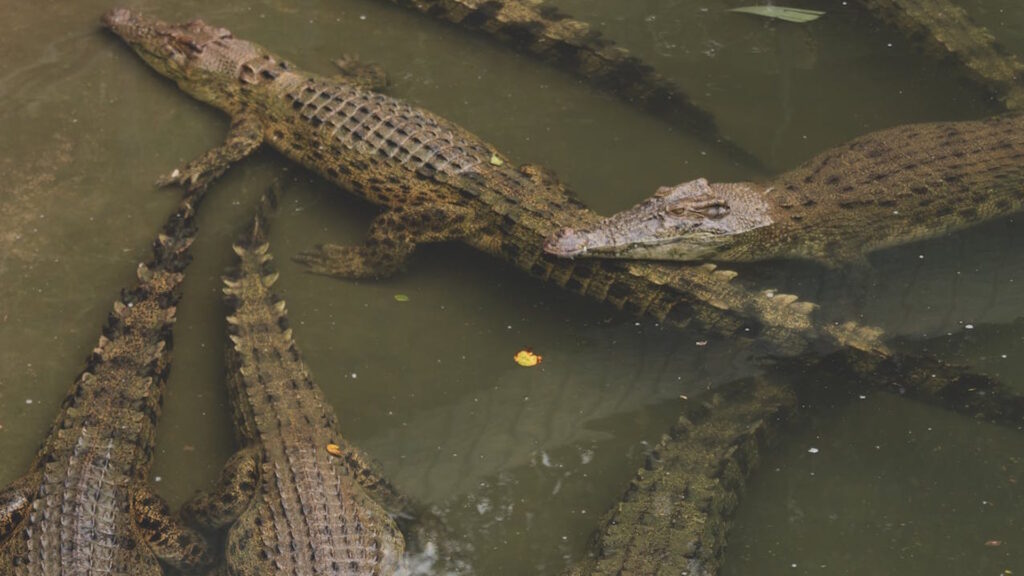
Environmental pollutants pose insidious threats to reptiles through direct toxicity, endocrine disruption, and habitat degradation. Pesticides, heavy metals, petroleum products, and pharmaceutical residues contaminate waterways where many reptiles live or feed, accumulating in their tissues and causing developmental abnormalities, reproductive failures, and immune suppression. Plastic pollution presents particular hazards for sea turtles, which may ingest plastic bags mistaken for jellyfish or become entangled in debris. Light pollution disorients hatchling sea turtles, drawing them away from the ocean toward artificial lights where they face dehydration, predation, or collision with vehicles. Chemical contaminants can persist in the environment for decades, creating long-term exposure scenarios that affect multiple generations of long-lived reptile species.
Emerging Infectious Diseases
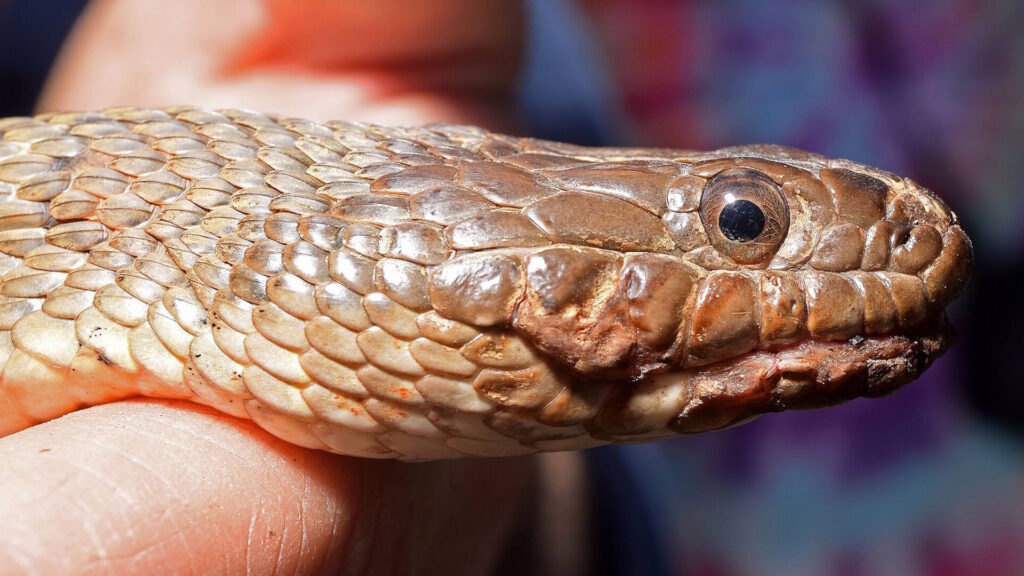
Novel pathogens and parasites increasingly threaten reptile populations globally as human activities facilitate disease spread and environmental stressors compromise immune function. Snake fungal disease has emerged as a serious threat to wild snake populations in North America, causing disfiguring lesions and often fatal infections. Fibropapillomatosis, a tumor-forming disease, affects sea turtles worldwide and may be linked to environmental contaminants and habitat degradation. Ranavirus outbreaks have caused mass mortality events in multiple tortoise and turtle species, while newly identified pathogens continue to emerge. Climate change exacerbates disease threats by altering host-pathogen relationships and expanding the range of vectors like ticks and mosquitoes that transmit reptile diseases.
Agricultural Expansion and Intensification
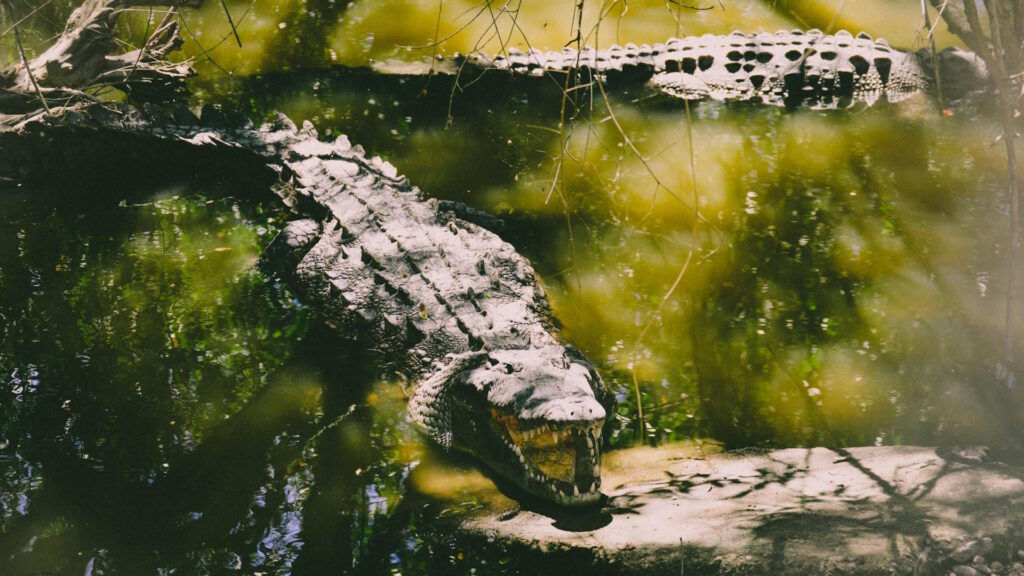
Agricultural development threatens reptiles through direct habitat conversion and the intensification of farming practices that reduce habitat quality. Draining wetlands for cropland eliminates crucial habitat for many turtles, snakes, and crocodilians, while forest clearance for pasture removes arboreal lizard and snake habitats. Modern intensive agriculture relies heavily on pesticides and herbicides that contaminate reptile habitats and eliminate prey species like insects. Mechanical harvesting and tilling operations directly kill reptiles and destroy burrows and nesting sites. Even seemingly benign practices like vegetation control along field edges eliminate vital microhabitats for thermoregulation and shelter that reptiles require for survival in agricultural landscapes.
Human Persecution
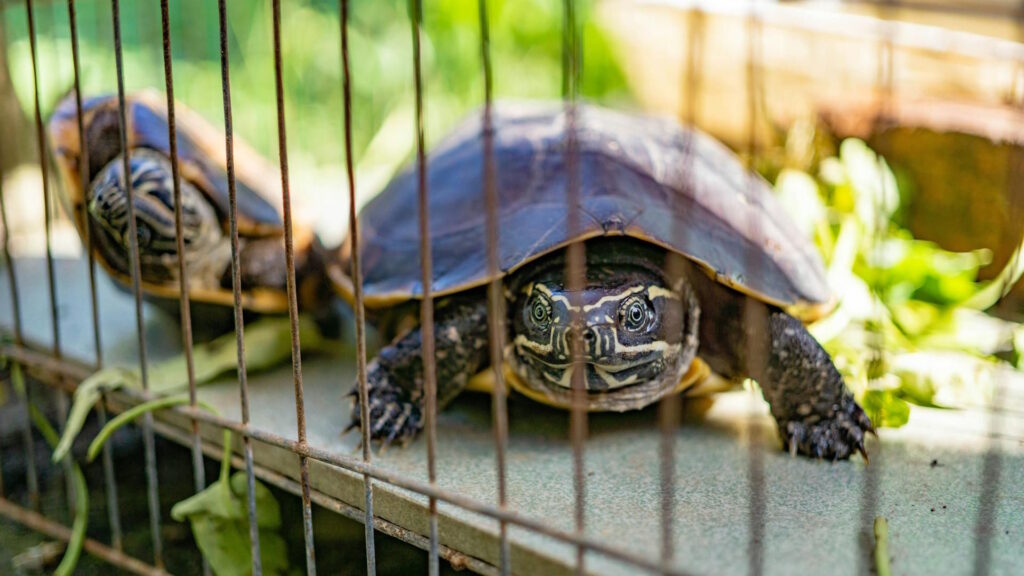
Deeply rooted negative attitudes toward reptiles, particularly snakes, drive systematic persecution that has significantly reduced populations of many species. Cultural myths, religious beliefs, and media portrayals often depict reptiles as dangerous, evil, or repulsive, encouraging their indiscriminate killing even when they pose no threat to humans. Large constrictors and venomous species face particularly intense persecution, with systematic eradication campaigns targeting species like rattlesnakes through organized “roundups” where thousands of individuals are captured and killed. Traditional beliefs about the medicinal or magical properties of reptile parts drive hunting of species like crocodiles, monitor lizards, and certain snakes. This widespread intolerance represents a unique conservation challenge requiring education and cultural attitude shifts to address effectively.
Mining and Resource Extraction
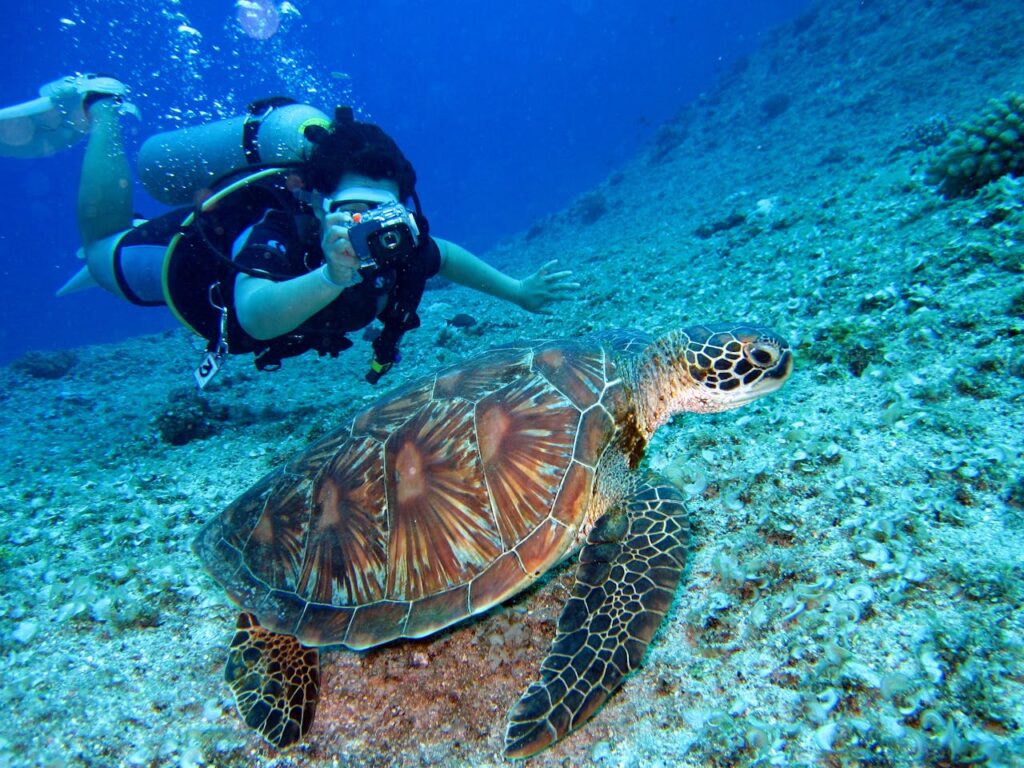
Mining operations destroy reptile habitat directly through excavation and indirectly through associated infrastructure, pollution, and habitat fragmentation. Open-pit mining completely removes surface habitats, while underground mining can alter groundwater flows that sustain wetland habitats crucial for many reptile species. Acid mine drainage and heavy metal contamination from mining operations can persist for decades or centuries, creating toxic conditions in downstream aquatic habitats. Oil and gas extraction similarly threatens reptiles through habitat fragmentation from well pads and access roads, water contamination from drilling fluids, and direct mortality in oil spills. Sand mining for construction destroys riverbank habitats used by many freshwater turtles and water snakes for basking and nesting.
Renewable Energy Development
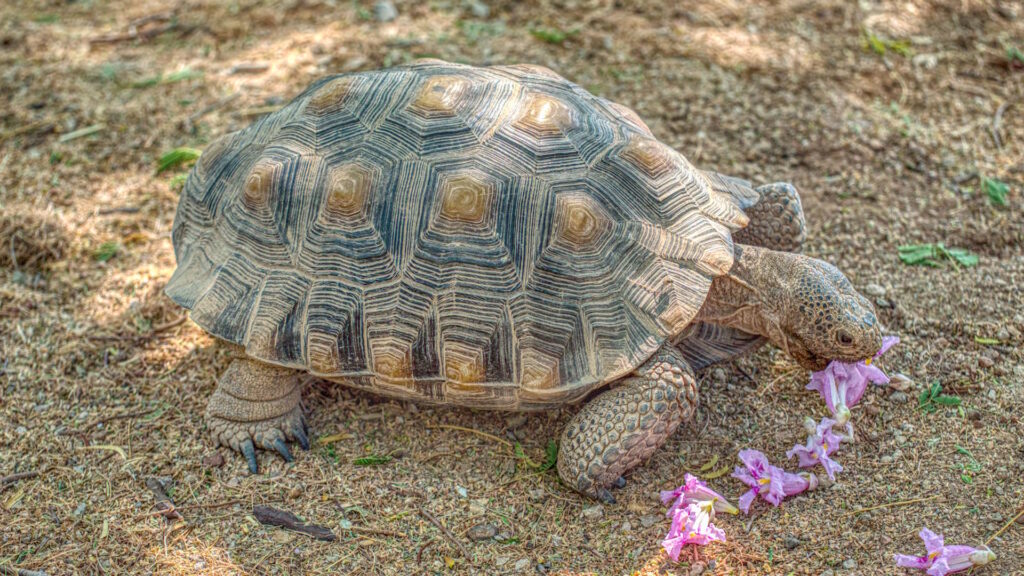
While critical for addressing climate change, poorly planned renewable energy projects can pose significant threats to reptile populations. Large-scale solar facilities in desert ecosystems can displace threatened species like the desert tortoise and create ecological traps where reptiles are attracted to panels that mimic water surfaces or shade structures. Wind farms can fragment habitat and create barriers to movement for terrestrial reptiles, while associated road networks increase mortality risks. Hydroelectric dams flood reptile habitat, alter natural flow regimes critical for riparian specialists, and block movements of aquatic species. The rapid expansion of renewable energy infrastructure necessitates careful siting and mitigation strategies to minimize impacts on vulnerable reptile populations in high-value conservation areas.
Lack of Conservation Attention and Funding
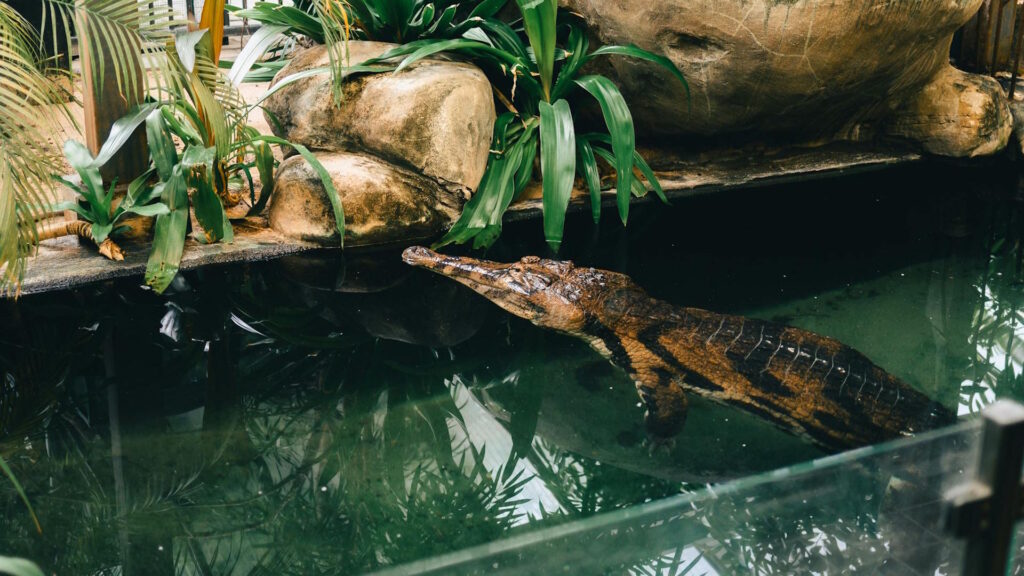
Reptiles suffer from systematic conservation neglect compared to more charismatic vertebrate groups, receiving disproportionately less research attention, funding, and public support. This “taxonomic bias” in conservation means reptiles remain poorly studied, with basic ecological information lacking for many species—information essential for effective conservation planning. Conservation funding follows public interest, and reptiles rarely capture the imagination or sympathy of donors and policymakers the way mammals and birds do. Even within protected areas, management decisions often prioritize more popular species, potentially overlooking reptiles’ specific habitat requirements. This neglect creates a dangerous knowledge gap where reptile species may disappear before scientists fully understand their ecological roles or conservation needs.
The Path Forward: Conservation Solutions

Despite the numerous threats facing reptiles, effective conservation strategies offer hope for population recovery and long-term survival. Habitat protection and connectivity remain paramount, with protected area networks designed to accommodate reptile movement patterns and thermal requirements. Innovative approaches like “turtle tunnels” under roadways and wildlife bridges reduce road mortality while maintaining population connectivity. Captive breeding programs serve as insurance policies for critically endangered species, while habitat restoration projects can rejuvenate degraded ecosystems to support reptile reintroductions. Public education campaigns targeting fear and misunderstanding of reptiles have successfully reduced persecution in some regions. The integration of reptile needs into environmental impact assessments, climate adaptation planning, and invasive species management represents essential progress toward comprehensive conservation that benefits these ancient and remarkable animals.
Conclusion
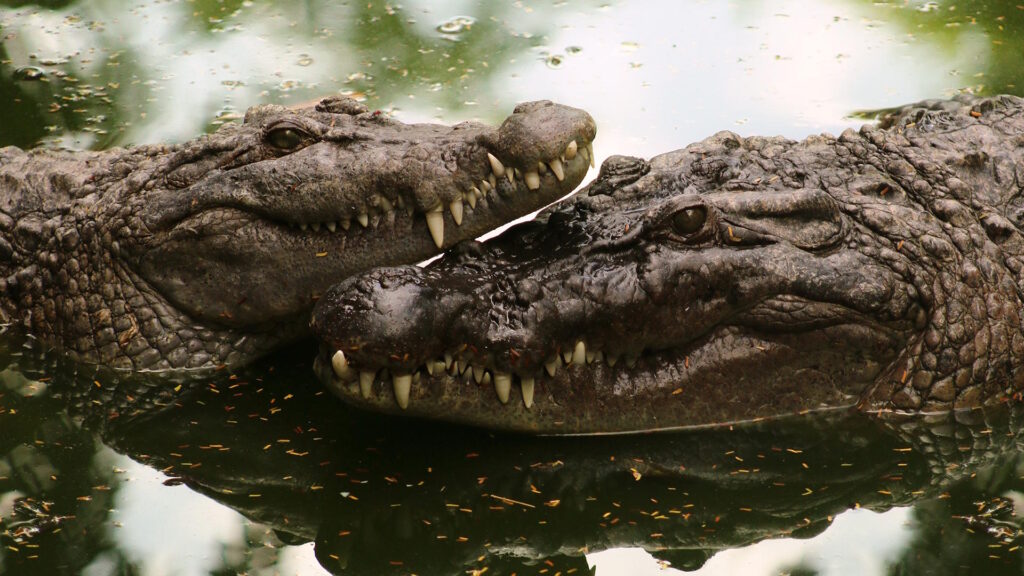
In conclusion, reptiles face a perfect storm of threats in the modern world, from the direct impacts of habitat destruction to the insidious effects of climate change and pollution. Their plight deserves greater recognition not only for their intrinsic value as evolutionary marvels but also for their ecological importance as predators, prey, and ecosystem engineers. While the challenges are substantial, conservation success stories demonstrate that dedicated efforts can reverse population declines when properly supported. As we confront the biodiversity crisis of the 21st century, protecting reptiles requires addressing both the immediate threats to their survival and the underlying human attitudes and behaviors that drive these threats. By championing these often-misunderstood creatures, we ultimately defend the ecological integrity and biodiversity of our shared planet.

